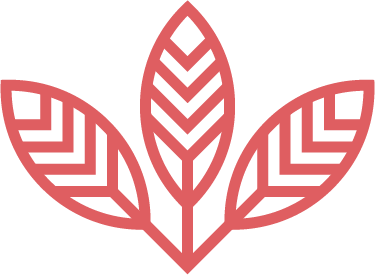Designbysoap Ltd Carbon Reduction Plan
1. Introduction
Designbysoap Ltd is committed to reducing its environmental impact and contributing to a sustainable future. This Carbon Reduction Plan outlines our strategy for minimizing our carbon footprint and achieving our sustainability goals.
2. Baseline Assessment
To understand our current impact, we'll conduct a baseline assessment of our greenhouse gas emissions. This will involve:
Energy Consumption: Analyze electricity and gas bills for our office space.
Travel: Track employee commutes, business travel (flights, trains, taxis), and delivery/courier services.
Waste: Evaluate waste generation and disposal practices, including paper, plastic, and electronic waste.
Supply Chain: Assess the environmental impact of our suppliers and vendors, considering factors like manufacturing processes and transportation.
Digital Footprint: Estimate the carbon footprint of our digital operations, including website hosting, data storage, and online tools.
3. Reduction Targets
Based on our baseline assessment, we have set specific, measurable, achievable, relevant, and time-bound (SMART) targets for carbon reduction. These targets include:
Reduce overall carbon emissions.
Achieve carbon neutrality.
Reduce energy consumption.
Decrease reliance on air travel.
4. Action Plan
This section details the specific actions we'll take to achieve our reduction targets:
Energy Efficiency:
Switch to renewable energy sources for our office.
Upgrade to energy-efficient lighting (LEDs) and appliances.
Implement a policy to turn off lights and equipment when not in use.
Optimize heating and cooling systems.
Encourage remote work and flexible working arrangements to reduce office energy consumption.
Travel:
Promote sustainable commuting options like cycling, walking, and public transport.
Offer incentives for employees who use sustainable transportation.
Minimize non-essential business travel and utilize video conferencing when possible.
Choose trains over planes for shorter distances.
Offset unavoidable travel emissions through carbon offsetting programs.
Waste Reduction:
Implement a comprehensive recycling program.
Reduce paper usage by promoting digital documents and double-sided printing.
Minimize single-use plastics and provide reusable alternatives.
Properly dispose of electronic waste through certified e-waste recycling programs.
Compost organic waste.
Sustainable Procurement:
Prioritize suppliers and vendors with strong environmental commitments.
Choose products made from recycled or sustainable materials.
Reduce packaging waste by opting for bulk purchases or minimal packaging.
Digital Sustainability:
Optimize website design and performance to reduce energy consumption.
Choose energy-efficient data centers and cloud providers.
Encourage employees to adopt sustainable digital practices (e.g., deleting unnecessary files, using energy-saving settings).
5. Monitoring and Evaluation
We'll regularly monitor our progress towards our reduction targets and track our carbon emissions. This will involve:
Data Tracking: Collect data on energy consumption, travel, waste generation, and other relevant metrics.
Regular Reporting: Generate reports to track progress and identify areas for improvement.
Annual Review: Conduct an annual review of the Carbon Reduction Plan to assess its effectiveness and make necessary adjustments.
6. Communication and Engagement
We'll actively communicate our sustainability efforts to our employees, clients, and stakeholders. This will include:
Internal Communication: Share updates on our progress, provide educational resources, and encourage employee participation.
External Communication: Publish our Carbon Reduction Plan on our website, highlight our sustainability initiatives in marketing materials, and engage with clients on sustainability issues.
7. Continuous Improvement
We recognize that sustainability is an ongoing journey. We'll continuously seek opportunities to improve our environmental performance, adopt new technologies and best practices, and remain committed to reducing our carbon footprint.
8. Resources and Support
We'll leverage external resources and support to enhance our sustainability efforts. This may include:
Government Programs: Utilize government incentives and programs for energy efficiency and carbon reduction.
Industry Associations: Engage with industry associations to share best practices and stay informed about sustainability trends.
Environmental Consultants: Seek expert advice from environmental consultants to optimize our carbon reduction strategies.
9. Conclusion
This Carbon Reduction Plan demonstrates Designbysoap Ltd's commitment to environmental responsibility and sustainability. By implementing these actions and continuously improving our practices, we aim to minimize our carbon footprint and contribute to a healthier planet.
